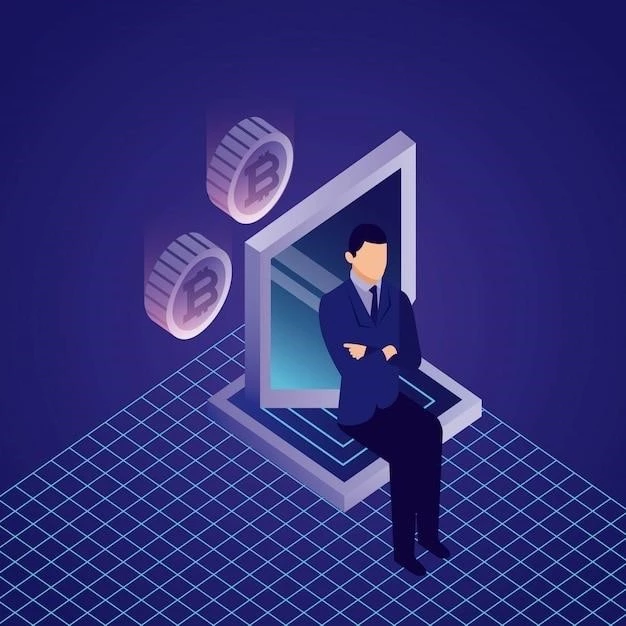My Experience Navigating the Evolving Role of Government in the Digital Age
As a citizen living in this era of rapid technological advancement, I’ve witnessed firsthand how the government is adapting to the digital age․ From online services to digital identity verification, the way I interact with government agencies has transformed significantly, and frankly, it’s been a mixed bag of emotions․

The Good: Embracing Efficiency and Convenience
Gone are the days of standing in endless queues at government offices․ I can now access a multitude of services online, from renewing my driver’s license to filing my taxes, all from the comfort of my home․ Just last month, I needed to update my address for voter registration․ In the past, this would have required a trip to the local government office and filling out paperwork․ However, this time I simply logged onto the government portal, updated my details with a few clicks, and received confirmation within minutes․ The efficiency and convenience were remarkable․
Another area where I’ve seen significant improvement is in accessing information․ Government websites are now much more user-friendly and provide a wealth of information, from policy updates to public service announcements․ When I was researching local recycling programs, I found all the information I needed, including collection schedules and guidelines, readily available on my city’s website․ This easy access to information has undoubtedly made me a more informed and engaged citizen․

The Challenges: Privacy Concerns and the Digital Divide
While I appreciate the benefits of a digital government, I’m also acutely aware of the challenges․ One major concern is data privacy․ With more and more personal information being stored online, I worry about the security of my data and the potential for misuse․ I recently had to provide my biometric data for a government-issued ID card, and while the process was smooth, it did make me question the safeguards in place to protect my sensitive information․
Another significant challenge is the digital divide․ Not everyone has equal access to technology or the skills to navigate the digital world․ I’ve seen this firsthand with some elderly relatives who struggle to use online government services and rely on assistance from family members․ Bridging this digital gap is crucial to ensure equitable access to government services for all citizens․
Looking Ahead: A Collaborative Approach to Digital Transformation
The government’s role in the digital age is still evolving, and there’s a need for ongoing dialogue and collaboration between policymakers, technologists, and citizens․ We need to ensure that digital transformation initiatives prioritize inclusivity, transparency, and data security․
Here are some key areas where I believe the government should focus its efforts:
- Strengthening Data Privacy and Security: Implement robust data protection laws and invest in cybersecurity measures to safeguard citizens’ personal information․
- Bridging the Digital Divide: Provide affordable internet access, digital literacy programs, and accessible technology to ensure everyone can participate in the digital economy․
- Promoting Transparency and Accountability: Make government data and algorithms open and accessible to the public, and establish clear mechanisms for addressing concerns and holding institutions accountable․
- Encouraging Citizen Engagement: Use digital tools to facilitate citizen participation in policymaking, gather feedback, and foster a more inclusive and responsive government․
The digital age presents both opportunities and challenges for governments worldwide․ By embracing a citizen-centric approach to digital transformation, we can harness the power of technology to create a more efficient, transparent, and equitable society for all․










